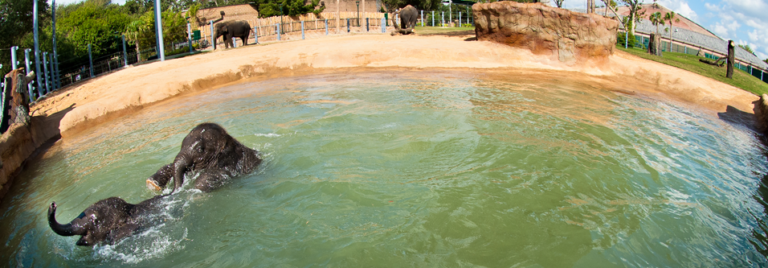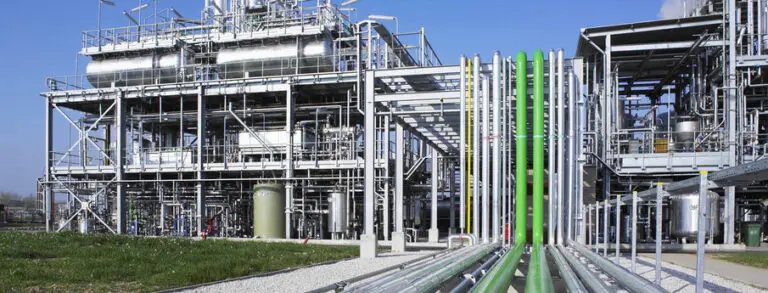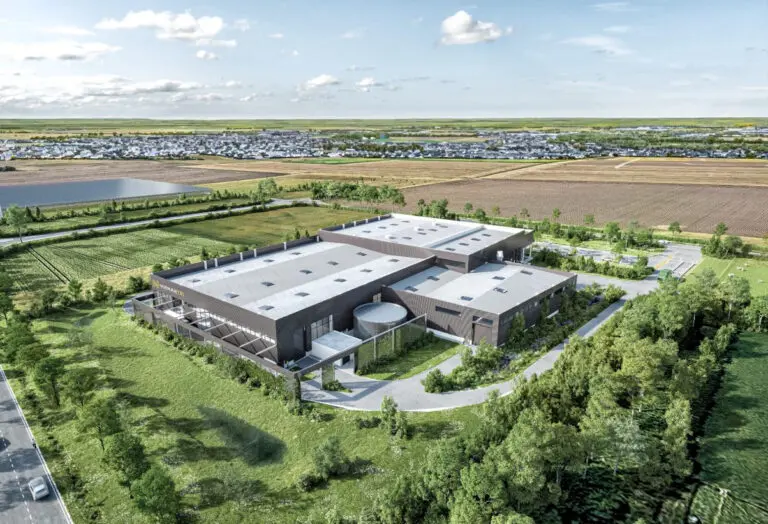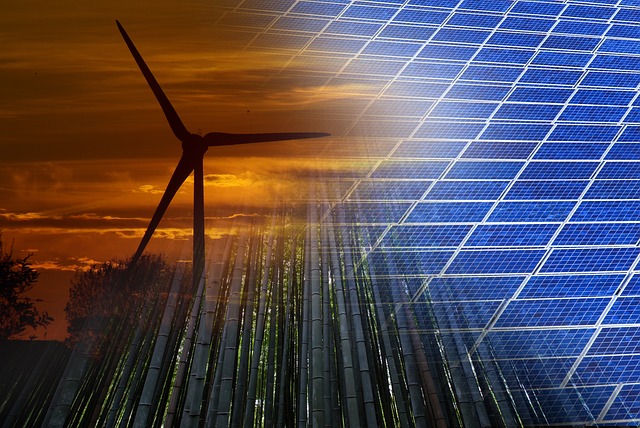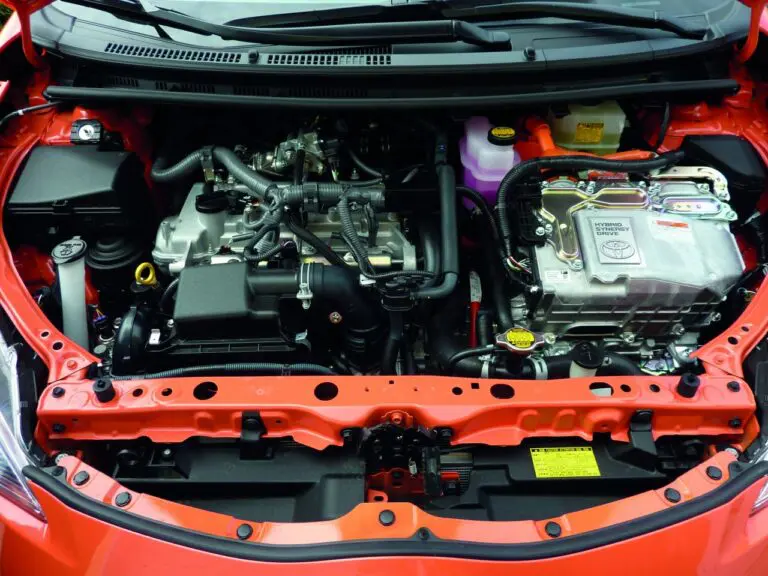A waste sorting plant just outside Riga has been tasked by local government authorities to educate people on recycling.
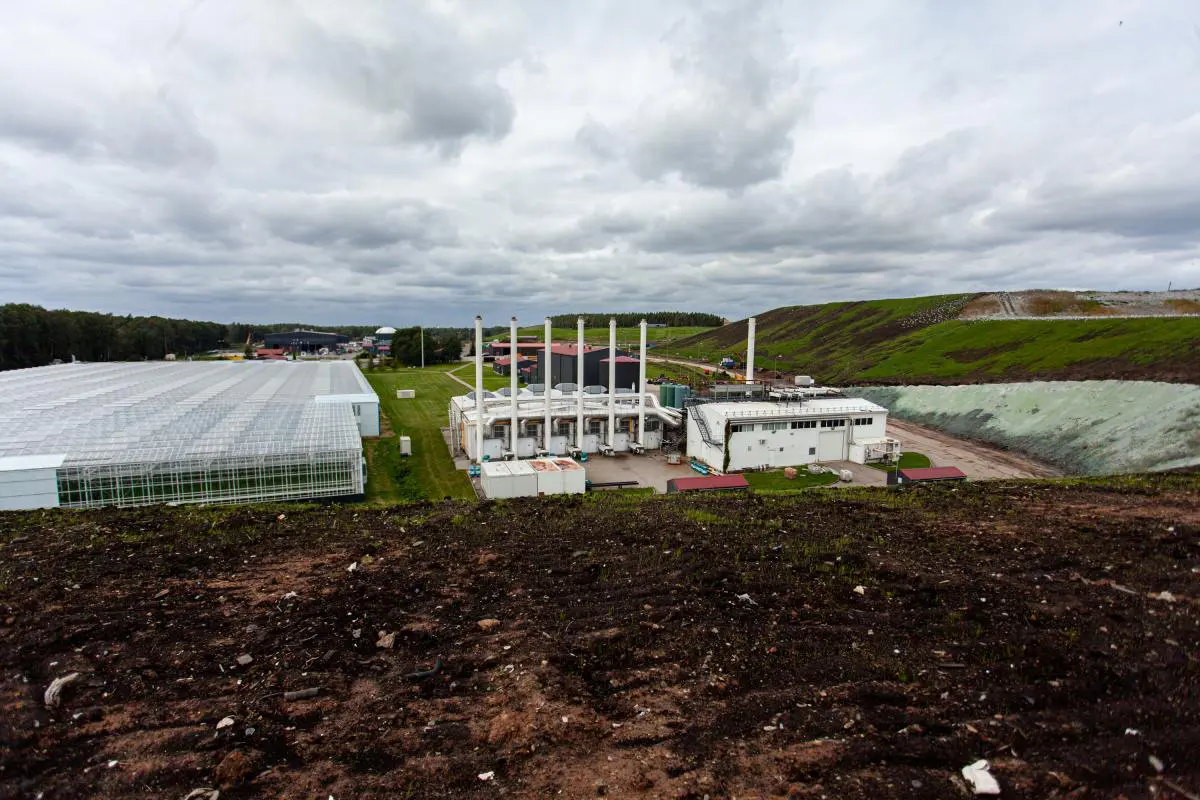
The local Riga government tasked a Latvian waste facility to inform residents about waste separation and recycling.
City administrators met with personnel from the SIA Getlini Eko Landfill, which is close to the Latvian capital Riga, to discuss plans pertaining to the promotion of waste sorting strategies among the general population.
The conclusion reached in talks was that cutting-edge recycling facilities are of no use if the populace does not understand or wish to engage within the confines of a separate waste collecting system.
The Getlini landfill spreads across 87 hectares. It has been operating as a modern waste sorting plant from 2015 onwards.
The plant stores unrecyclable materials in environmentally sealed cells and also collects wastewater for purification. Transforming organic waste into biogas as well as delivering recycled raw material to relevant companies are other jobs within the remit of the Getlini landfill.
On his visit to the plant, Riga’s mayor Mārtiņš Staķis, had this to say: “For it to work more effectively, attention needs to be paid to waste sorting issues. In order to promote the education of the population about environmentally friendly lifestyle, as well as to strengthen the habit of waste sorting in everyday life, it is planned to organize a campaign in the field of environmental education together with the Riga municipality in the second half of the year”.
The new goal for the landfill company- according to the Latvian Housing and Environment Capital-will be to inform the public on all matters related to landfill waste in connection to environmental pollution. Said objective is hoped to spur on recycling efforts and strengthen efforts towards establishing a circular economy.
State of Play
In 2017, every Latvian inhabitant generated, on average, 436 kg of household waste, less than the OECD average of 524 kg per capita, but 37% more than the Latvian average in 2005 (318 kg per cap). With the introduction of measures such as a natural resource tax on landfills as well as the gradual introduction of separate collection, recycling rates have gradually risen-from 5% in 2005, 9% by 2010 to finally 30% by 2016. Nonetheless, this recovery rate is still lower than EU and OECD averages.
Landfill still accounted for 45% of municipal waste in Latvia in 2016 though that number is now steadily decreasing. Where the country used to have over 500 unregulated landfills in the 1990’s, since 2000 most have been closed or re-cultivated according to EU standards. Existing recycling infrastructure is well maintained due to EU-funding. The next avenue to be explored with regards to recycling capacity in a Latvian context are alternative technologies as well as biogas production.


